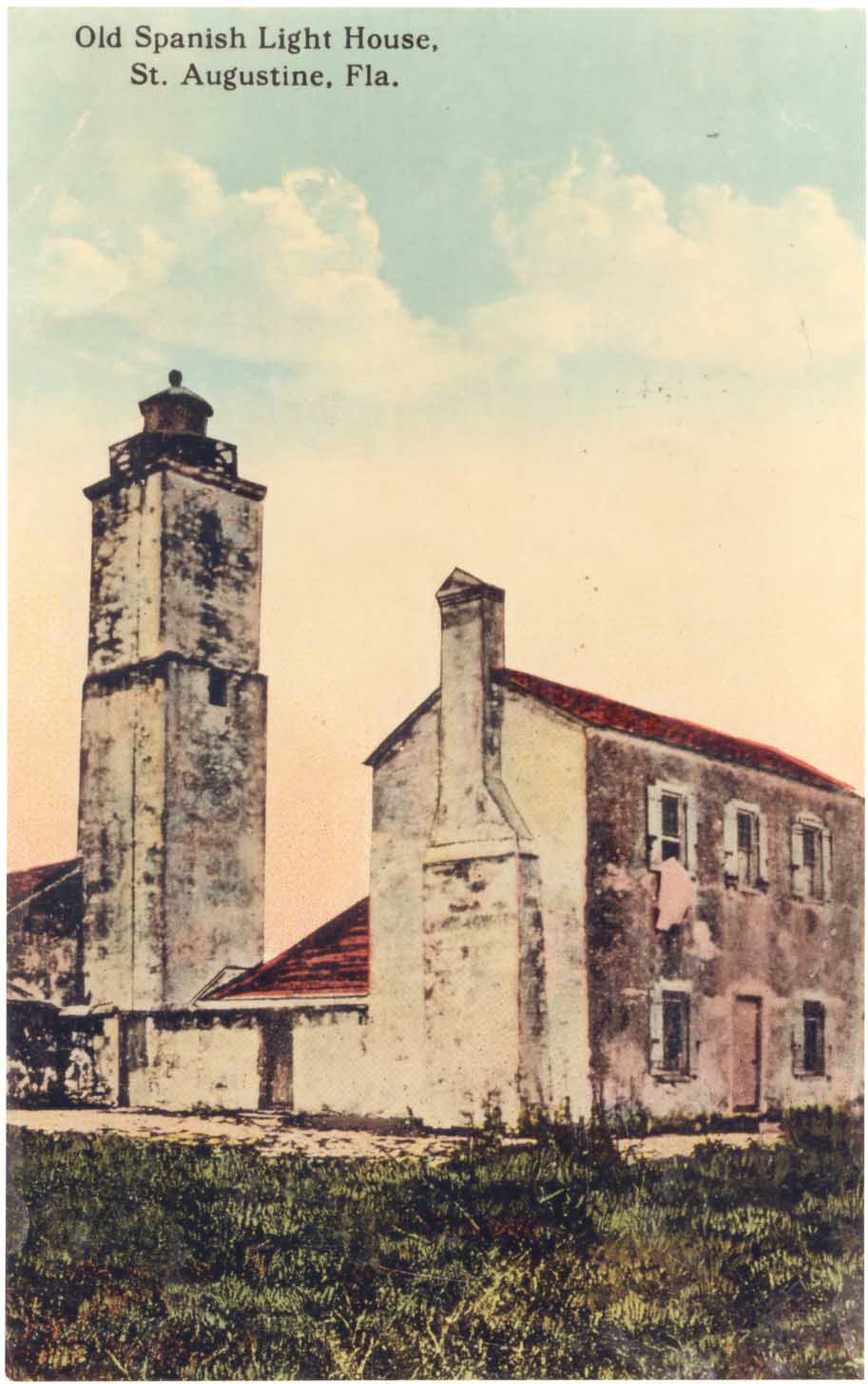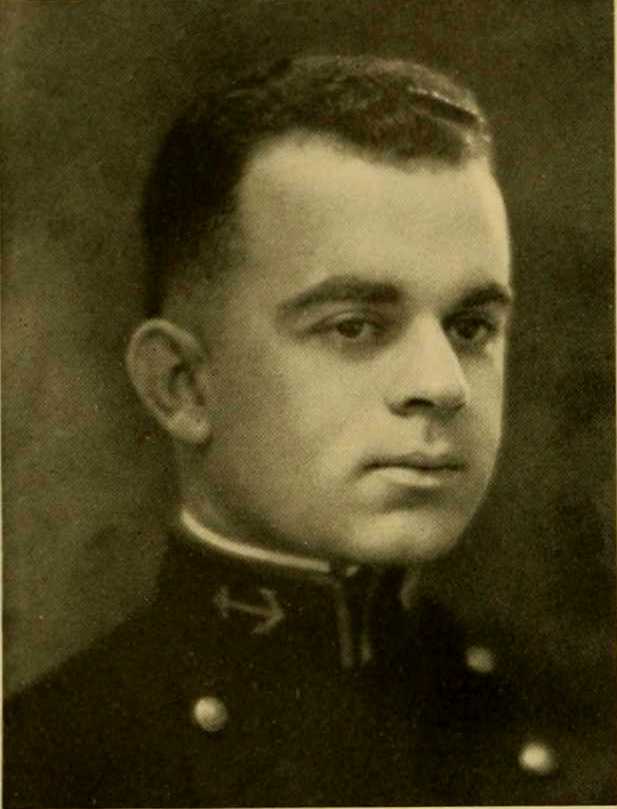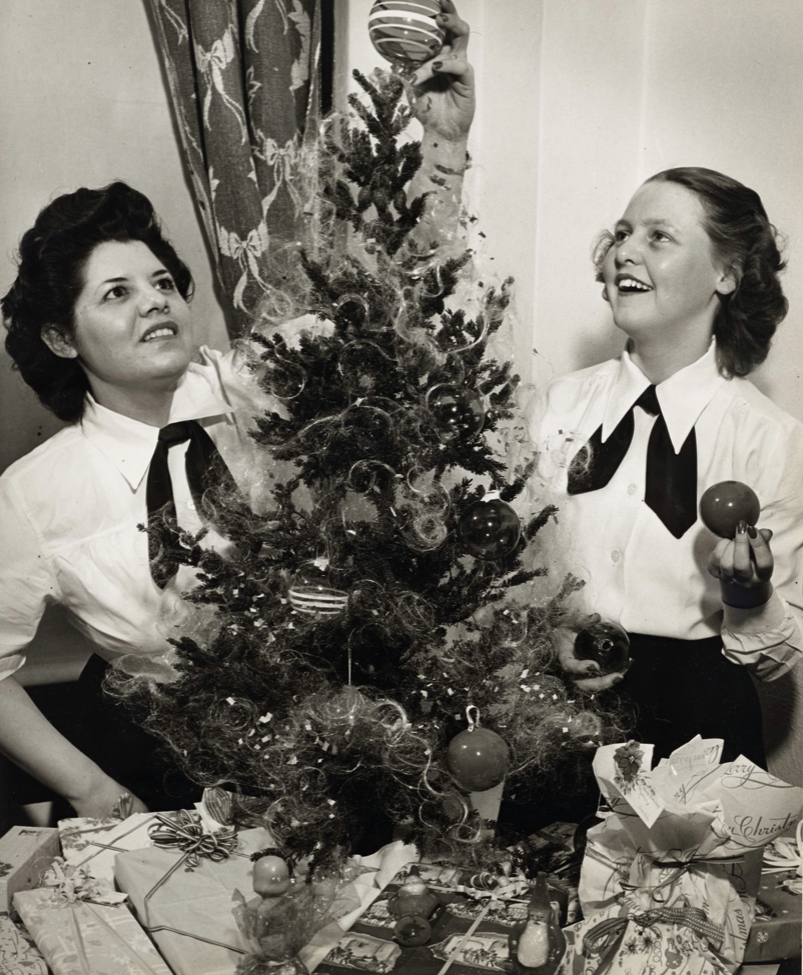 Hispanic Americans have served in the United States Coast Guard for 200 years—most of the lifespan of the service. During this time, they have come a long way, working with a dedication to the Coast Guard that has benefitted all who serve in it.
Hispanic Americans have served in the United States Coast Guard for 200 years—most of the lifespan of the service. During this time, they have come a long way, working with a dedication to the Coast Guard that has benefitted all who serve in it.
In the first half of the 19th century, ethnically Hispanic men and women began to serve in Coast Guard predecessor services. In 1821, Florida became a U.S. territory, one of several former Spanish territories that would come under U.S. control during the 1800s. From 1824 to 1845, Juan Andreu served as the keeper of the St. Augustine Lighthouse. Of Minorcan ancestry, he was the first Hispanic American to serve in a Coast Guard predecessor service and the first to oversee a Federal installation. In 1843, Joseph Ximenez of Key West assumed control of the Carysfort Reef Lightship, making him the first Hispanic American to oversee a Coast Guard vessel. After California became a U.S. territory in 1847, Latinos also began serving aboard West Coast cutters.
During the remainder of the 19th century, Hispanic-American participation in Coast Guard predecessor services increased gradually. In 1859, Maria Mestre de los Dolores became keeper of St. Augustine Light. She was the first Hispanic-American woman to serve in a Coast Guard predecessor service, the first to oversee a federal installation, and she had the distinction of serving in the U.S. Lighthouse Service and then the Confederate Lighthouse Service during the Civil War. Many other Hispanic Americans operated lighthouses in Florida, Mississippi, and Louisiana. In 1876, the Treasury Department established the United States Life-Saving Service, whose Gulf Coast lifesaving stations provided more opportunities for Latinos, such as surfmen Telesford Pena and Ramon Delgado.
The early 1900s saw even more opportunities for Hispanic-American service members. After the 1898 Spanish-American War, the U.S. Lighthouse Service oversaw lighthouses in Cuba and Puerto Rico, and the U.S. Revenue Cutter Service established a base in San Juan. These installations brought greater numbers of Hispanic recruits into the Lighthouse Service and the Revenue Cutter Service. For example, by 1915 the Puerto Rico-based cutter Algonquin enjoyed the unusually high proportion of 25 percent Hispanic crewmembers. World War I saw the first Hispanic battle casualty, when Cuban-American Seaman Richard Cordova lost his life on board cutter Tampa, torpedoed in 1918 with all hands lost. He was the fi rst Hispanic-American service member to receive the Purple Heart Medal. In September 1919, Brazos (Texas) Station Boatswain’s Mate Pablo Valent and Surfman Indalecio Lopez helped rescue the crew of the hurricane-damaged schooner Cape Horn. For their heroic efforts, Valent and Lopez received the Silver Lifesaving Medal and the prestigious Grand Cross of the American Cross of Honor Society. They were the first Hispanic Americans to receive these honors.
rst Hispanic-American service member to receive the Purple Heart Medal. In September 1919, Brazos (Texas) Station Boatswain’s Mate Pablo Valent and Surfman Indalecio Lopez helped rescue the crew of the hurricane-damaged schooner Cape Horn. For their heroic efforts, Valent and Lopez received the Silver Lifesaving Medal and the prestigious Grand Cross of the American Cross of Honor Society. They were the first Hispanic Americans to receive these honors.
The Interwar Period saw still greater opportunities for Hispanic Americans in the Coast Guard. In 1925, Chief Gunner’s Mate Joseph Aviles transferred from the Navy to the Coast Guard to become the service’s first Hispanic-American chief petty officer. In his 28-year career, Brazos Station’s Pablo Valent went on to achieve the rank of chief boatswain and assumed command of the Brazos Station, becoming the first Latino to oversee a Coast Guard base of operations. In 1928, Puerto Rican-born Henry Garcia received an officer’s commission to become the first recognized minority officer in the Coast Guard. In 1938, Garcia assumed command of Cutter Morris to become the first Hispanic-American cutter captain and, later, the first Hispanic American to reach the rank of captain.
The Second World War accelerated the advancement of minorities. The draft greatly increased minority proportions in enlisted rates and Hispanic Americans began to fill more officer billets. Many Hispanic Americans joined the Coast Guard as wartime temporary reservists, such as Lt. Cmdr. Juan Ceballos, who commanded Charleston, South Carolina’s mounted beach patrol division. In 1942, Juan del Castillo completed Reserve Officer Training to become the first of many Hispanic Americans to do so.
Hispanic-American war heroes received various honors and awards. These included Joseph Tezanos, who rescued victims of the catastrophic West Loch (Pearl Harbor) explosion, the largest accidental explosion of World War II. Tezanos received the Navy & Marine Corps Medal, a citation signed personally by Fleet Admiral Chester Nimitz and a commendation letter from Coast Guard Commandant Russell Waesche. Tezanos received orders to begin Reserve Officer Training at the Coast Guard Academy, became an officer and was posthumously honored as a Coast Guard cutter namesake.
Hispanic-American men a nd women served with distinction in the years following World War II. Enlisted war veteran John Martinez entered the Coast Guard Academy in 1947 and became the firs
nd women served with distinction in the years following World War II. Enlisted war veteran John Martinez entered the Coast Guard Academy in 1947 and became the firs t known Hispanic graduate of that institution followed by Carlos Garcia, who graduated in 1955. In Vietnam, Larry Villareal, an engineman on the Cutter Point Banks, received the Silver Star Medal for rescuing troops by boat under heavy enemy fire. He was the first Hispanic-American Coast Guardsman to receive that honor. Engineman Heriberto Hernandez died in combat and posthumously received the Bronze Star and Purple Heart medals and is the namesake for a new Coast Guard cutter. After the war, Cuban-American pilot Alberto Gastón transferred from the U.S. Army to become the first Latino aviator in the Coast Guard and, in 1987, Jose Rodriguez graduated from the service’s rescue swimmer school to become the first minority rescue swimmer.
t known Hispanic graduate of that institution followed by Carlos Garcia, who graduated in 1955. In Vietnam, Larry Villareal, an engineman on the Cutter Point Banks, received the Silver Star Medal for rescuing troops by boat under heavy enemy fire. He was the first Hispanic-American Coast Guardsman to receive that honor. Engineman Heriberto Hernandez died in combat and posthumously received the Bronze Star and Purple Heart medals and is the namesake for a new Coast Guard cutter. After the war, Cuban-American pilot Alberto Gastón transferred from the U.S. Army to become the first Latino aviator in the Coast Guard and, in 1987, Jose Rodriguez graduated from the service’s rescue swimmer school to become the first minority rescue swimmer.
The participation of Hispanic-American women also grew over the course of the 20th century. The first Latinas to don a Coast Guard uniform, such as Cuban American Mary Rivero and Mexican American Maria Nunez, began serving in 1942 as members of the SPARs, the women’s reserve corps for the Coast Guard. In 1983, Jacqueline Ball and Deborah Winnie became the first Hispanic women to graduate from the Coast Guard Academy. In 1991, Katherine Faverey took command of cutter Bainbridge Island, becoming the first Latina to command a cutter. In addition, in 1991, Marilyn Melendez Dykman transferred from the U.S. Army to become the service’s first Hispanic-American female aviator. Since the 1990s, Hispanic-American women have advanced through senior officer and enlisted ranks.
Pioneering work by Hispanic Americans in the 20th century paved the way for officers in modern times. In 2006, Rear Admiral Ronald Rábago became the service’s first Hispanic-American flag officer. In 2009, Rear Adm. Joseph “Pepe” Castillo assumed command of Coast Guard District 11, becoming the first Hispanic-American district commander. Castillo achieved greater seniority when he became deputy commander of the Coast Guard’s Pacific Area. In addition, in 2015, Rear Admiral James Rendon became the first Hispanic-American superintendent of the Coast Guard Academy.
Hispanic Americans have served with distinction in the Coast Guard since the 1820s. These members of the long blue line pioneered the way ahead for all minorities, and their efforts have benefitted all who serve in the U.S. military, federal government, and the nation as a whole.